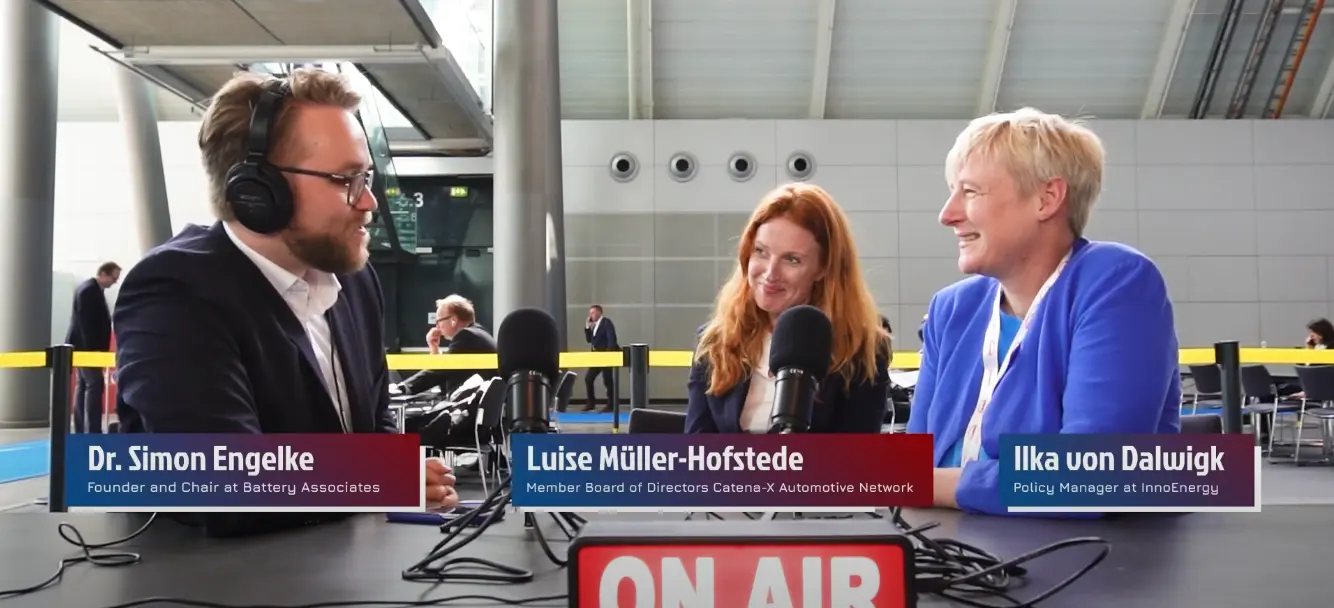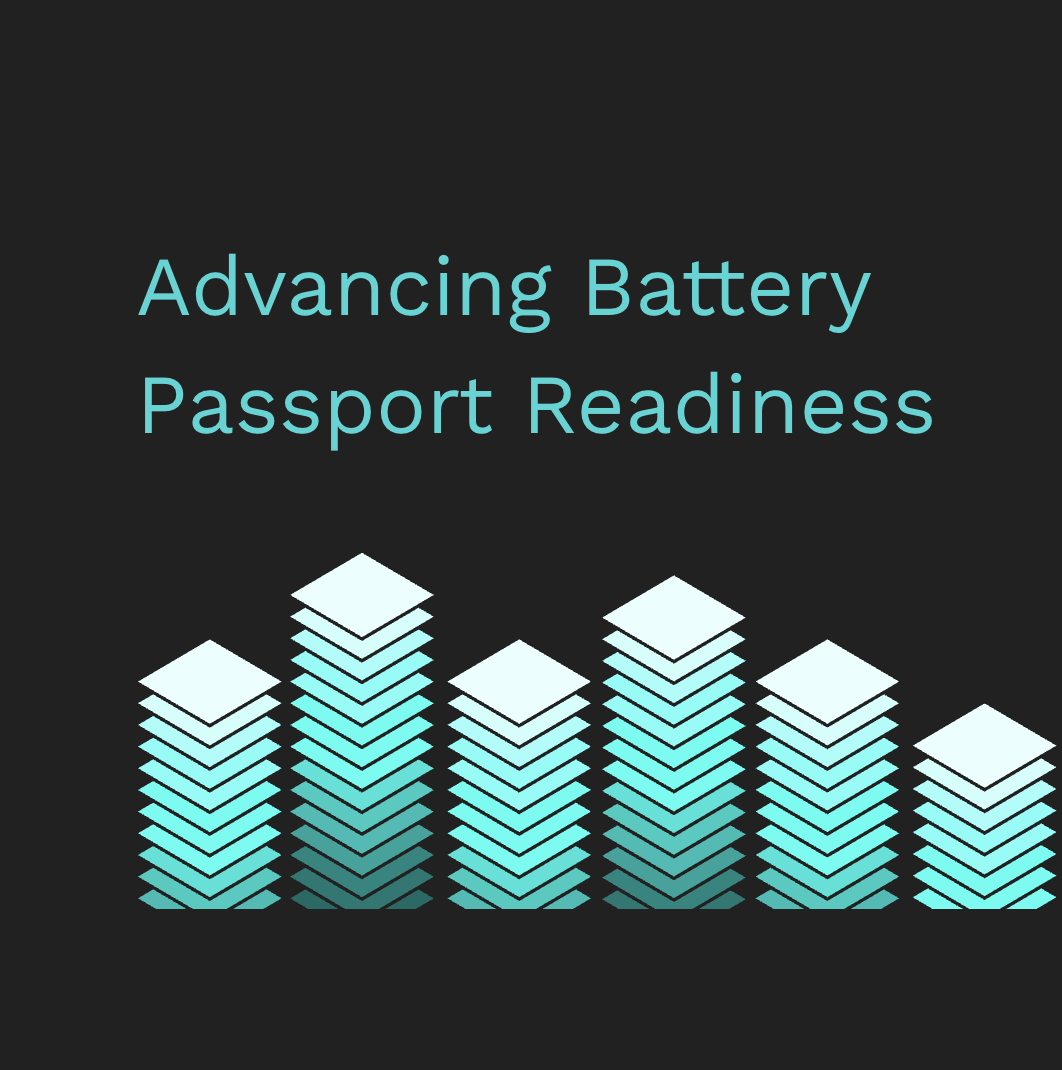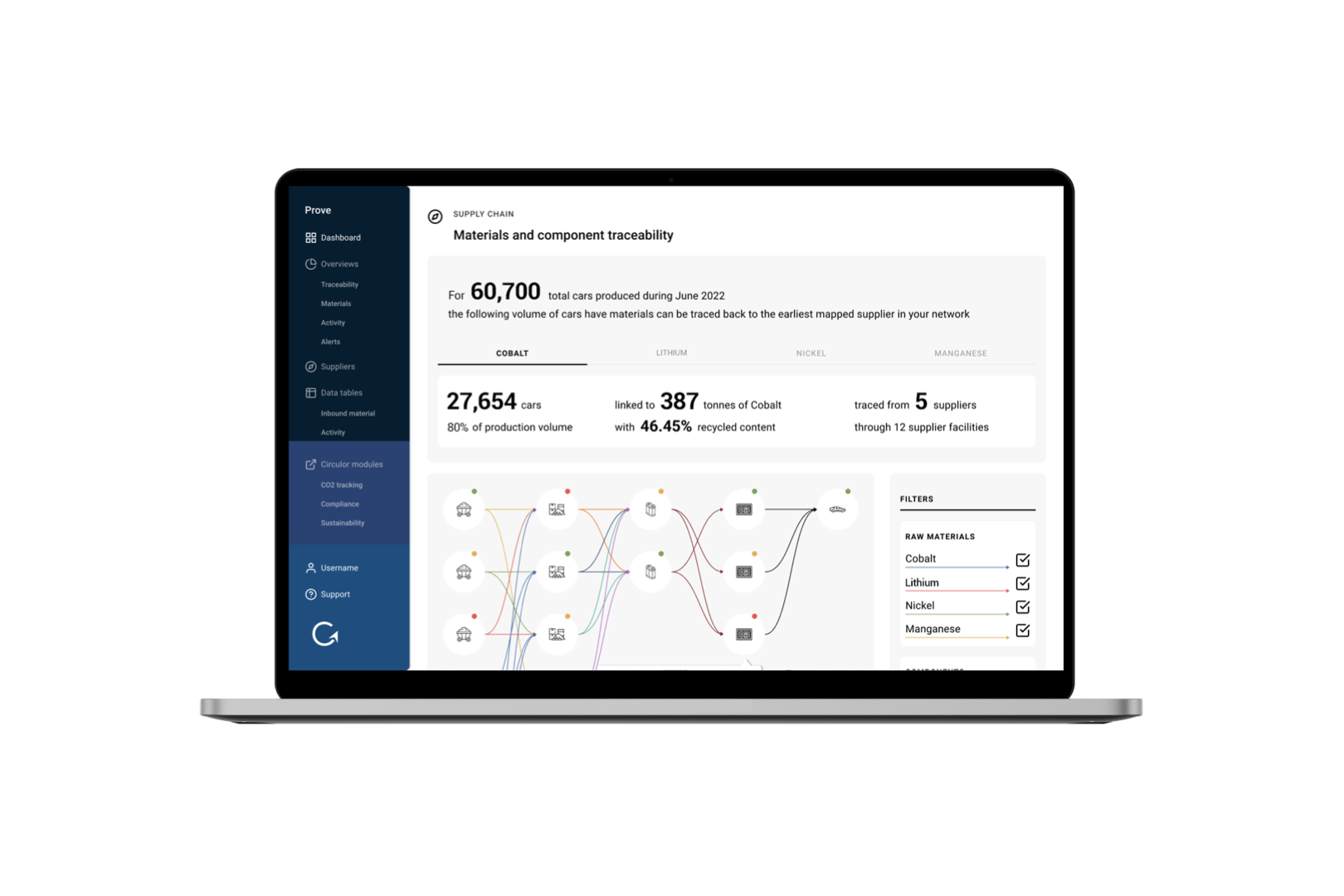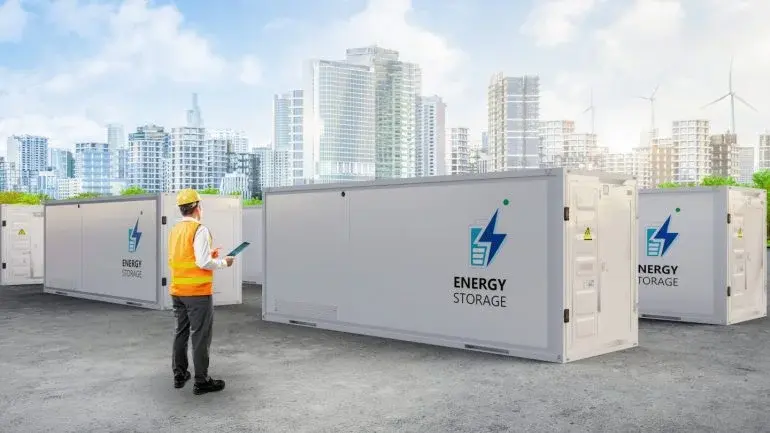
02.08.2023
Webinars
Beyond compliance—the potential for battery passports to create greater value and efficiency
Luise Müller Hofstede, Circulor Business Development Director and CatenaX board member, and Ilka von Dalwigk, Policy Manager at European Battery Alliance and EIT InnoEnergy and member of the Battery Pass project’s Advisory Council, sit down with Dr. Simon Engelke, Founder and Chair of Battery Associates, to discuss recent battery passport developments and the benefits of standardization—for industry and consumers.
Simon: Do you expect to see the EU Battery Regulation drive real change in the battery industry?
Ilka: The EU Battery Regulation is an extremely innovative piece of legislation, especially with the battery passport as an instrument to measure circularity and sustainability. It has sparked industry to think about how they can develop this and make it meaningful.
Simon: What are the latest developments that people should know about?
Luise: There has been a lot of progress in just the past year, with the first groups coming together to collaborate and bring the battery passport concept to life. For example, the German-funded Battery Pass consortium reached an important milestone in April in publishing its content guidance, which is the most robust direction currently available to inform and prepare industry to meet the requirements of the EU Battery Regulation.
Simon: What are the latest developments that people should know about?
Luise: There has been a lot of progress in just the past year, with the first groups coming together to collaborate and bring the battery passport concept to life. For example, the German-funded Battery Pass consortium reached an important milestone in April in publishing its content guidance, which is the most robust direction currently available to inform and prepare industry to meet the requirements of the EU Battery Regulation.
Ilka: Also in Europe, there is a project called CIRPASS, which is looking at digital product passports in other areas, such as textiles and electronics, so we communicate and share learnings with these sectors. A new initiative, called CIRCUL@BAT, will build on other initiatives such as the Battery Pass, CIRPASS and the Global Battery Alliance to develop a battery passport that will be compliant with European regulations.
Simon: What is the priority now?
Luise: At the moment, it’s all about gathering industry and bringing battery passports to life. You can have the smartest standards and best interpretations of a regulation in the world, but if you don’t start to see critical mass adoption, then it’s only theoretical. It has been great to see these initiatives take different approaches to this issue, but now we need to work out how to take the best from each and reach a consensus. Obviously, battery passports cannot be competitive because in the end it’s about having one battery passport scheme with agreed standards to which everyone adheres.
Ilka: I think it’s very important to bring interoperability into the discussion. There are already a lot of different systems out there measuring different things, so instead of reinventing the wheel, we need to use what is already out there to package into one product like the battery passport. It’s a global industry, and we need to have a common language. It’s not only about compliance with the regulation, but also making it easier for the industry to report and not do the same work twice. In terms of what can be measured, we also have to learn what metrics are necessary and meaningful and make life easier in terms of time and effort required. Ideally, companies only have to do the reporting once and then they can use this data to meet multiple requirements, such as auditing.
Luise: That’s a good point, because it certainly doesn’t feel easy at the moment for suppliers within the battery value chain, and understandably, there is quite a bit of confusion as to what is being asked of them. It’s important to show the value-add and that efforts are not being doubled. For example, both the EU Battery Regulation and the Carbon Border Adjustment Mechanism require CO₂ reporting, so it’s important to align on these schemes. And the good news is that it does feel like it is being made easier now, as opposed to more complicated.
Simon: That’s an important point, because industry players are concerned that there are all these regulations that they need to comply with. Why should people be supportive rather than see battery passports as a burden?
Ilka: There are a couple of other regulatory proposals on the table that require the industry to report on where their raw materials come from, so companies need to look deeper into different supply chains. If you have one instrument, like the battery passport, that captures all of this information, then you only need to do the work once to comply with the necessary requirements—ultimately, saving time and money.
Luise: Supply chain visibility boils down to a simple logic that everyone should understand—the more visibility you have, the more control you have. It’s pretty easy to understand that if you don’t know what’s happening in the deeper tiers of your supply chain, you are exposed to risk. And if there’s one thing that all departments within big corporations can agree on, it’s that they want to mitigate risk and they want resilient supplies and resource security. Getting this visibility into supply chains, as the battery passport calls for, will enable this.
Ilka: This is really the beauty of the passport. It’s a tool that requires industry players to use the same methodology so that we can compare apples with apples for the first time. We need this transparency to foster trust among consumers. For example, if we want the transition to electrification to succeed, we need to show that EVs are better than fossil fuel cars. A battery passport can prove that materials are sourced from ethical and sustainable sources, that accurate CO₂ footprints have been calculated, thereby elevating the entire industry to another level.
Luise: Ultimately, the passport will also enable downstream players, such as the OEMs and carmakers, to help their end customers make informed decisions about what car they want to buy.
This Q&A has been adapted for concision. The full conversation can be listened to here.





![Acculon RA Circulor - website image.001[44].png](/_next/image?url=https%3A%2F%2Fdecisive-wonder-fa24533282.media.strapiapp.com%2FAcculon_RA_Circulor_website_image_001_44_2720fb315d.png&w=1920&q=75)




